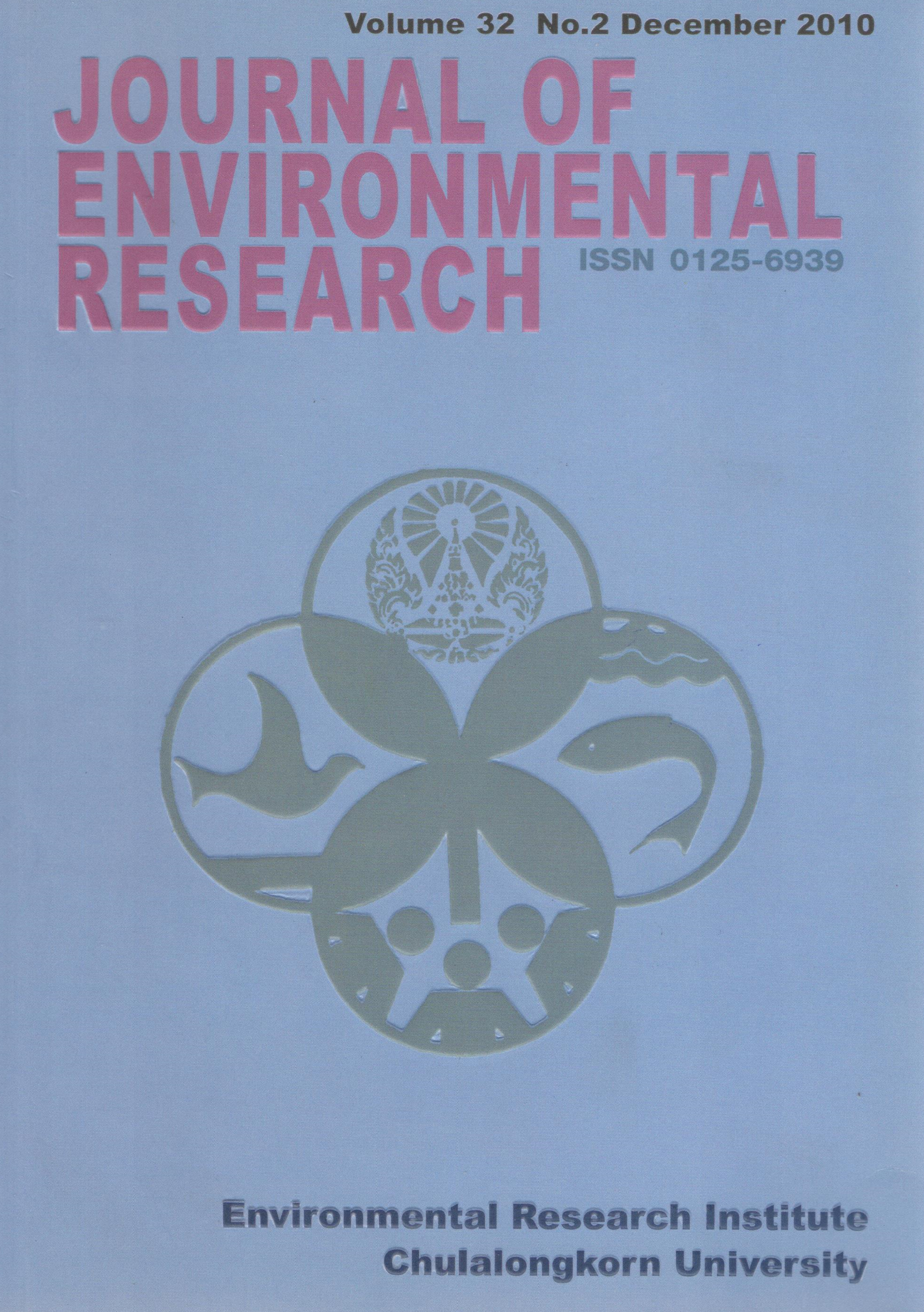Effect of Organochlorines on Human Endocrine System
Main Article Content
Abstract
Organochlorines are classified as persistent organic pollutants and endocrine disrupters. They were widely used for insect control and malaria vector control programs. Although most organochlorines were officially banned in many countries, high levels have been found in ecosystem and food chain. Because organochlorines act as endocrine disrupters and lipid soluble chemicals, it is difficult to excrete these environmental pollutants from the body, and consequently caused adverse effects on endocrine system in wildlife and humans. Epidemiological studies have suggested that exposure to organochlorines in adults linked with an increase incidence of reproductive tract abnormalities, decreased sperm quantities and qualities, and reproductive cancers. Furthermore, prenatal and postnatal exposure to organochlorines have been suggested to link with an increase risk of preterm birth, low birth weight, birth defect, acute infection, cryptorchidism, and hypospadia. Many scientists have concerned that low level of prenatal organochlorine exposure may cause irreversible changes during development and affect later functioning in adult life, and they would be warrant further detail investigations.
Article Details

This work is licensed under a Creative Commons Attribution-NonCommercial 4.0 International License.
Published articles are under the copyright of the Applied Environmental Research effective when the article is accepted for publication thus granting Applied Environmental Research all rights for the work so that both parties may be protected from the consequences of unauthorized use. Partially or totally publication of an article elsewhere is possible only after the consent from the editors.
